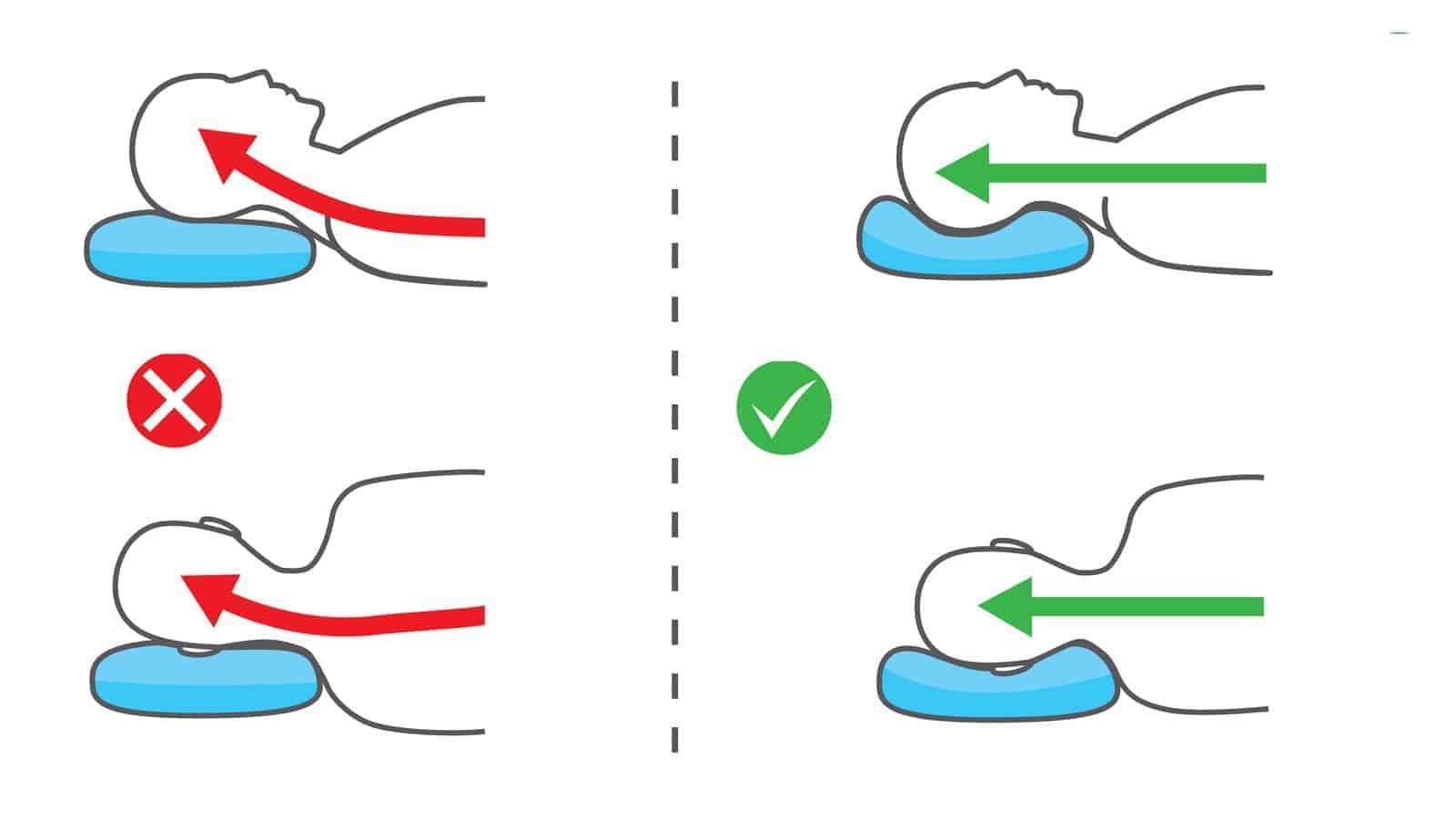Heath: The Best Sleep Positions To Avoid Chronic Pain

Forget sleeping like a baby; many with chronic pain would be happy if they could just sleep at all.” – Las Vegas Recovery Center
It’s a Catch-22: you’ve got this aching chronic pain that needs rest to recover and a body that can’t sleep because of the pain. Having to deal with chronic pain can be a burden, especially when shut eye time arrives.
Knowing body positions which are, if not comfortable, at least compatible with persistent aches and pains, is both a mental and physical relief. In the case of chronic pain sufferers, this basic knowledge can change a person’s life.
Dr. Rich Bakir, a chiropractor at Las Vegas Recovery Center, says it perfectly, “Sleep is when you heal. You need to give your body adequate time to heal itself, and if you’re never sleeping, this can worsen your symptoms. The less sleep you get, the more pain you feel.”
With this in mind, we’re going to discuss some of the best sleep positions for chronic pain.
But not before we discuss the sleeping pose.
The stomach.
Sorry to break the bad news to stomach sleepers. Fortunately, this group is a rare one, making up less than 7 percent of the population.
Sleeping on your belly is a bad sleeping position for two main reasons:
(1) Sleeping face-downwards puts pressure on the stomach which, in turn, places pressure on the curvature of the spine and lower back. Not only does this position worsen chronic pain, but it can also be a stimulus to pain.
(2) Stomach sleeping places the head in an unnatural position: at a 90-degree angle. When in this position, one risks instigating chronic (and acute) pain by putting too much unnecessary strain on the neck and upper spine areas.
A rather unconventional way of breaking this habit is to sleep with a tennis ball in a sleeping shirt. If you should roll over on your stomach, the uncomfortable feeling of a tennis ball pressing into your stomach will cause you to switch positions naturally.
THE FIVE BEST SLEEPING POSITIONS
Naturally, the best sleeping position is one that creates the greatest amount of comfort and encourages restful sleep. With that in mind, here are the five best sleeping positions (and alternatives, when applicable) for five common pain-afflicted areas of the body.
1. NECK PAIN: BACK OR SIDE & PILLOW BETWEEN KNEES
There are two good sleeping positions for neck pain: on your back or on your side, whichever is more comfortable.
To help ensure proper recovery, Harvard School of Public Health makes some recommendations for both. For back-sleepers, it is necessary to support the natural curvature of the neck by using a rounded pillow, and “a flatter pillow cushioning your head.”
Back and neck-sleepers may also benefit from using different pillow types. A “memory foam” pillow naturally forms to the shape of your head and neck. A feather pillow also allows you to “shape” the cushion a bit more than a traditional pillow.
Side-sleepers: it is advisable to position your pillow at an angle where the neck rests higher than the head. This helps keep your spine straight.
2. SHOULDER PAIN: BACK (IDEAL) OR SIDE
The solution for shoulder pain is quite simple: don’t sleep on the shoulder that hurts. (You’re welcome.)
Joking aside, sleeping on your back is considered ideal – if it’s comfortable for you. If not, sleeping on the side opposite of your pained shoulder is fine, too.
3. LOWER BACK PAIN: BACK & PILLOW UNDER KNEES
“Huh? I reduce my back pain by sleeping on … my back?”
The proposition doesn’t seem logical, but hear us out. Lying on your back while using a pillow for support is, far and away, the best way to expedite the recovery process and (hopefully) get a good night’s rest.
“Lie flat on your back and place a pillow under your knees,” Dr. Bakir explains. This position supports the spine and “allows the hamstring muscles to relax.”
If sleeping on your back is intolerable, don’t fear: “If you can’t sleep on your back, sleep on your side. And place a pillow between your knees,” says Bakir.
4. HIP PAIN: SIDE & FIRM PILLOW BETWEEN KNEES
For dreaded hip pain, side-sleeping is an accommodating sleeping position.
Sleeping on your side with a firm pillow between your knees allocates your weight evenly through your body. This helps to keep the pressure off of the hip joints and pelvis.
(Acute hip pain is often caused by inflammation. In this case, a NSAID such as Aleve [generic: naproxen] or Advil [generic: ibuprofen] may help.)
5. HEADACHES OR JAW PAIN: BACK & ARMS AT SIDE
Jaw pain and/or headaches are among the most frustrating types of pain, particularly when one is attempting to sleep.
Lying on your back with both arms at your side helps keep the body naturally aligned. This position also supports the head, neck, and shoulders, which may help reduce some of the tension-related symptoms. Tension headaches are the most common, which makes this position ideal.



Comments
Post a Comment